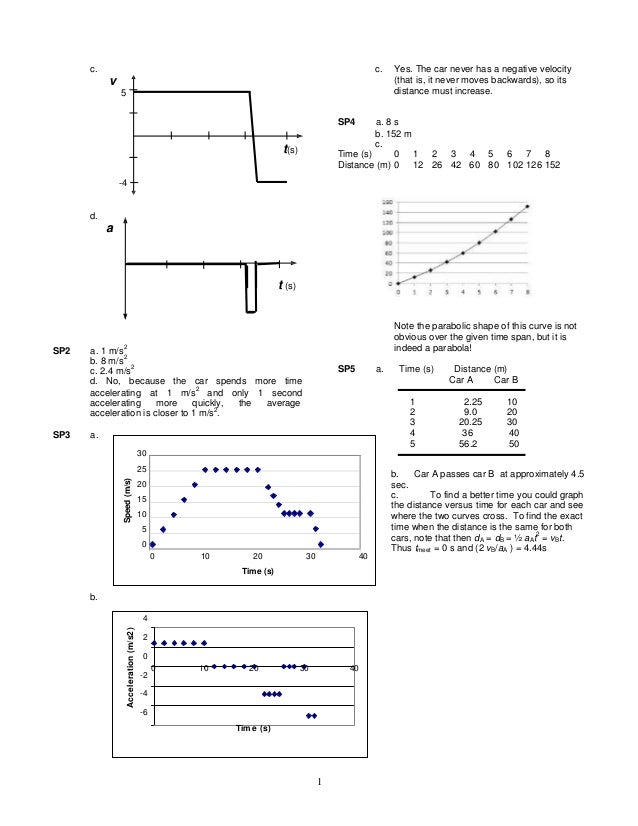
The increase of carbon dioxide appears to foster the growth of other greenhouse gases by alteration of the global hydrological cycle. Global warming is partly a consequence of altering the carbon cycle on the planet by the burning of fossil fuels. Working out the details of this problem has involved a blend of the chemistry of heterogeneous reactions and the physics of fluids and radiation transport.

The discovery of the destruction of stratospheric ozone by chlorofluorocarbons is a classic example of the use of physical science to understand how human beings change a natural system. These kinds of problems come at all scales: from an individual room whose air is degraded by radon or organic pollutants, to an urban airshed subject to the buildup of pollutants intensified in particular seasons, to the global stratosphere, whose chemical composition is being altered by chlorofluorocarbons and nitrogen oxides. Since the pioneering work on the El Niño phenomenon, it has been shown that the great monsoon systems of the planet are also coupled ocean-atmosphere phenomena on the same time scale, so that their evolution depends on the same joint dynamics and thermodynamics of the atmosphere and ocean.

Predictability has been demonstrated not only on the weather time scale of 6 to 10 days but also on an interannual time scale of 6 months to 1 or 2 years, the time scale of the El Niño-coupled ocean-atmosphere instability. The understanding of this phenomenon, which rests on the joint fluid dynamics of the ocean and the atmosphere, suggests a predictability in the climate system.
#Simple physics phenomena series#
A series of positive and negative feedbacks between the ocean and the atmosphere create this phenomenon, an oscillation on a grand scale, which is responsible for an instability of the climate system in the Pacific region. This realization emanated from the developing understanding of the El Niño phenomenon in the Pacific Ocean. More recently, it has been realized that the ocean and the atmosphere are coupled on much shorter time scales. At that stage of understanding, it was thought that variability in the oceans and variability in the atmosphere were relatively independent of each other on time scales shorter than decades. In the oceans, meanwhile, the emphasis was on attempting to understand the physical processes that accounted for mass and heat transport in cases such as the Gulf Stream and the circulations of the ocean basins. Weather forecasting was based on an understanding of the prevailing instability of large-scale, mid-latitude phenomena resulting from an analysis of the Navier-Stokes fluid dynamic equations. Until the 1980s, atmospheric science had concentrated on the theory and practice of weather forecasting, which involved a time scale of 6 to 10 days. This progress will come from a combination of theoretical modeling, computer simulation, and direct measurement, each drawing on the tools of physics and each conducted by researchers schooled in the methods of physics. Will lead to much greater predictive capability and earlier warning than are available today. The ocean-atmosphere system, environmental monitoring and improvement, and energy production and the environment are three areas where an understanding of the basic physics has played a central role and where it is crucial for further progress.

To understand the complexities of the environment and to address problems effectively, the underlying physics must be combined with chemistry, geology, atmospheric and oceanic science, and biology. Most of the impact of humans on the environment revolves around the need for energy production. Climate is shaped by how the energy of the Sun affects movement of the atmosphere and oceans and how they in turn distribute energy around the world. Much of physics is the study of energy and its transformation, and energy lies at the heart of important environmental issues. This understanding is essential to stewardship of the environment: for addressing problems like urban air pollution and lake acidification and for dealing with natural hazards such as floods and hurricanes. Physics also provides a basis for understanding the dynamic interactions between the atmosphere and the oceans and for the study of short-term weather and long-term climate change. These topics, along with others aspects of the physics of Earth, are discussed in Chapter 2, “ It is essential for understanding the deep structure of Earth and the natural phenomena that affect Earth's surface, such as earthquakes and volcanic eruptions.

Physics lies at the core of the earth sciences.


 0 kommentar(er)
0 kommentar(er)
